The intricate temple murals of Thailand stand as silent witnesses to centuries of spiritual devotion and artistic brilliance. These vibrant paintings, adorning the walls of Buddhist temples across the kingdom, depict scenes from the Jataka tales, the life of the Buddha, and intricate cosmological diagrams. Yet, behind their mesmerizing beauty lies a pressing concern – the delicate art of preserving these religious masterpieces for future generations.
In the humid tropical climate of Thailand, temple murals face a relentless assault from the elements. Moisture seeps into the ancient plaster, causing pigments to flake and fade. Insect infestations nibble away at organic materials used in traditional painting techniques. Even the gentle touch of countless devotees over decades can erode delicate details. The challenge is compounded by the fact that many mural techniques and formulas have been lost to time, making authentic restoration a complex puzzle.
Conservation efforts often find themselves walking a tightrope between preservation and authenticity. Modern chemical treatments might halt decay effectively but risk altering the original appearance of the artworks. Traditional methods, while culturally appropriate, sometimes lack the durability needed in today's changed environmental conditions. Teams of art historians, chemists, and local artisans frequently debate the ethics of restoration – how much intervention is too much?
The Wat Rong Khun in Chiang Rai presents a fascinating case study. When its murals began deteriorating rapidly in the 1990s, conservators faced criticism for both action and inaction. Some advocated for complete repainting by contemporary artists, arguing that the spiritual message mattered more than preserving original brushstrokes. Others insisted on minimal intervention, accepting gradual decay as part of the natural lifecycle of sacred art. The eventual compromise solution involved stabilizing existing paintings while documenting them thoroughly through digital photography.
Technological advancements are offering new hope in this preservation battle. Multispectral imaging can reveal lost details beneath surface layers, while 3D scanning creates precise records of current conditions. Some temples have experimented with controlled microenvironments, using discreet climate control systems to slow deterioration. However, these high-tech solutions often clash with traditional Buddhist concepts of impermanence, raising philosophical questions about the very nature of conservation.
Local communities play a crucial yet often overlooked role in mural preservation. In rural temples, elderly volunteers sometimes maintain murals using folk methods passed down through generations – applying diluted limewater as a protective coating or using plant-based insecticides. While not scientifically perfect, these approaches represent living cultural traditions. Conservationists increasingly recognize the value of documenting and learning from these indigenous preservation practices before they disappear.
The financial aspect cannot be ignored either. Major temples frequented by tourists often secure funding for professional conservation, while remote village shrines struggle with basic maintenance. This disparity creates a troubling scenario where only "important" or "popular" religious art receives proper attention, potentially leading to the irreversible loss of lesser-known masterpieces. Some art historians warn against creating a hierarchy of cultural value based on contemporary preferences rather than artistic merit.
Perhaps the most profound challenge lies in the spiritual dimension of these artworks. Unlike museum pieces, temple murals remain active elements of worship and community life. Their restoration involves not just technical expertise but deep cultural sensitivity. When a revered image gets retouched, does it retain its sacred power? How does one balance the need for preservation with the Buddhist acceptance of transience? These questions continue to spark lively debates in monastic circles and conservation workshops alike.
Looking ahead, the fate of Thailand's temple murals may depend on finding harmony between tradition and innovation. Educational programs that train young artists in ancient techniques help keep traditional skills alive. International collaborations bring fresh perspectives while respecting local traditions. Most importantly, raising awareness about these fragile masterpieces ensures they remain valued not just as historical artifacts, but as living expressions of Thailand's spiritual and artistic heritage.
As sunlight filters through temple windows, illuminating colors that have endured for generations, the urgency of this conservation work becomes clear. These murals represent more than paint on plaster – they embody centuries of devotion, craftsmanship, and cultural identity. Their preservation challenges may be daunting, but the rewards of success would echo through Thailand's cultural landscape for centuries to come.

By /Jul 9, 2025

By /Jul 9, 2025
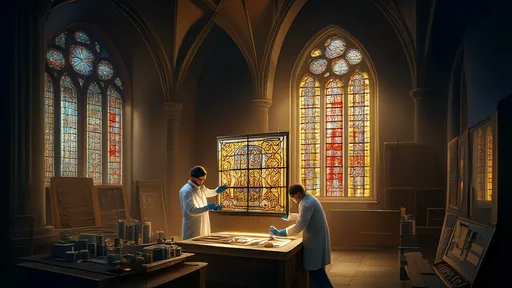
By /Jul 9, 2025

By /Jul 9, 2025

By /Jul 9, 2025

By /Jul 9, 2025

By /Jul 9, 2025
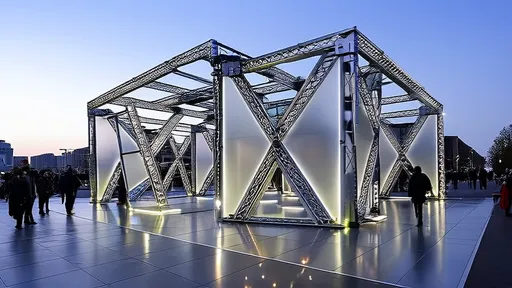
By /Jul 9, 2025
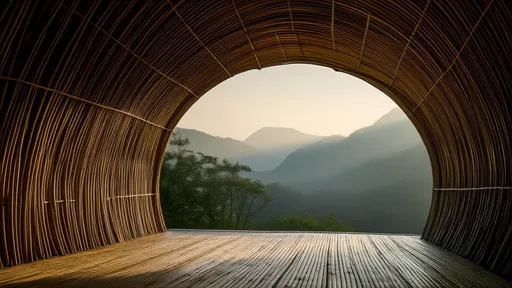
By /Jul 9, 2025

By /Jul 9, 2025

By /Jul 9, 2025
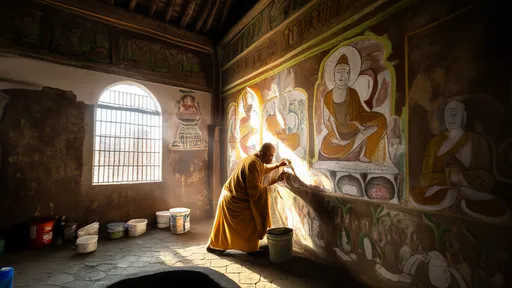
By /Jul 9, 2025
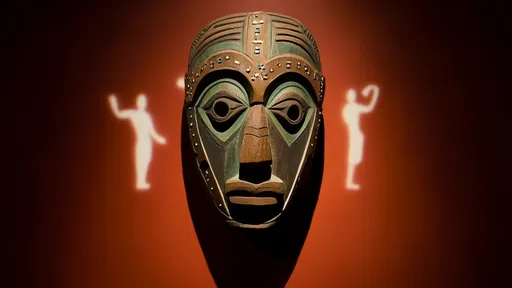
By /Jul 9, 2025
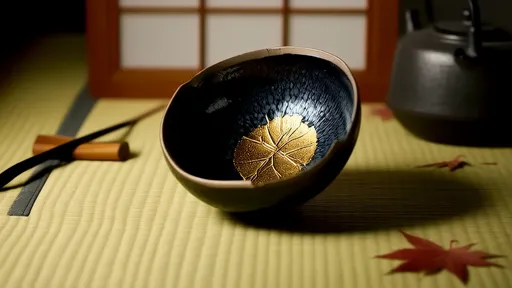
By /Jul 9, 2025

By /Jul 9, 2025

By /Jul 9, 2025
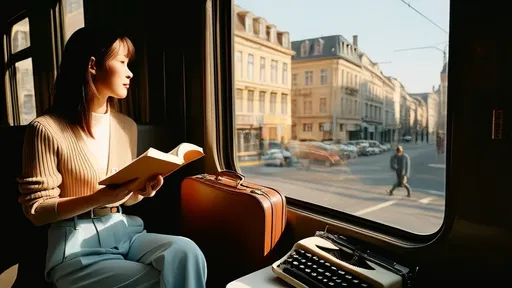
By /Jul 9, 2025

By /Jul 9, 2025